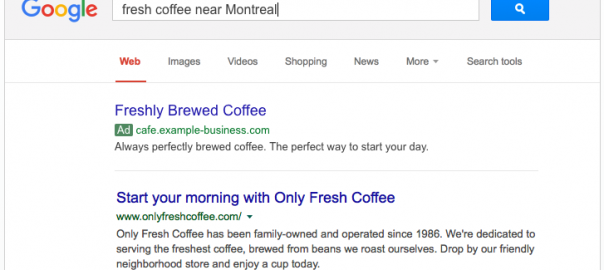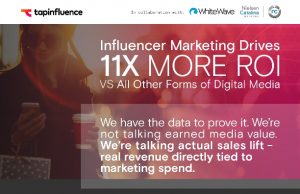— December 26, 2017
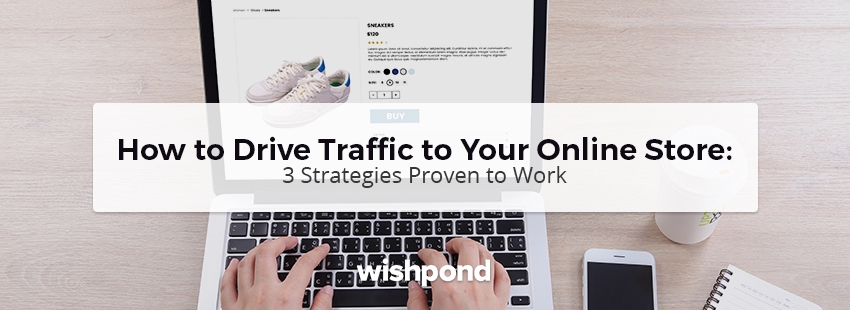
Ecommerce businesses don’t have the advantages that other industries do.
Few venture capitalists are searching the web or arranging to meet the newest online retailer of gaming glasses (yes they’re a thing), or socks with inspirational phrases on the toe.
Entrepreneurs who dive into the ecommerce space are more likely than any other industry to be first-time business owners with backgrounds other than marketing. They’re more likely to be accountants who wanted to make a little money on the side, or HR reps who love to knit.
As a result, and through no fault of their own, these are people who have a lot to learn if they want to succeed with selling a product online.
This article is a guide to driving traffic to your ecommerce website.
Recognizing that you have a lot on your plate at the moment, this guide will serve only as an introduction to the essential parts of much larger, more complicated strategies. As a result, I’ll be linking to more comprehensive articles at each stage.
Ready to get started?
Introduction to Driving Traffic to Your Online Store
Without traffic, nothing else matters.
I can recommend all kinds of strategies for improving the chance of a visitor buying from you. I can recommend ways to build an email list, recapture people who leave your website, optimize your billing process, and more.
But, without a steady flow of website traffic?
Without a steady flow of traffic, the most beautiful website with the most optimized sales funnel is like an abandoned Olympic stadium (Rio, I’m looking at you here): wasted.
How to Drive Traffic to Your Online Store: Facebook Advertising
One of the leading online advertising platforms, Facebook ads offer ecommerce businesses great opportunities to increase brand awareness and, so long as ad campaigns are based around delivering discounts/promotions, sales.
It’s also a great platform for retargeting website traffic that bounces (but I’ll get into that later on).
Introduction to Facebook Ads for Ecommerce
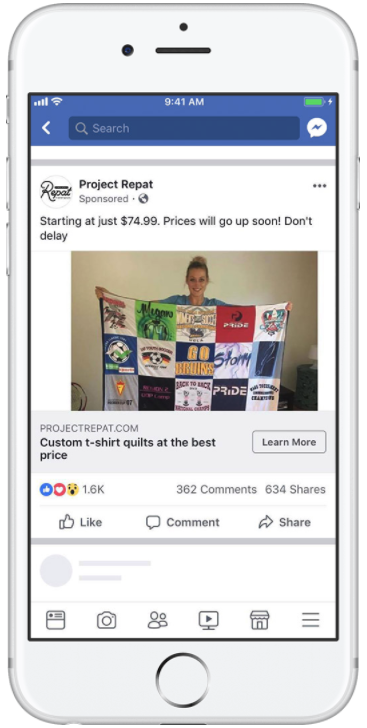
Facebook ads are all display ads, structured based on a targeted audience which you choose.
An example would be “show my advertisement to all mothers with a baby between 0 and 6 months living within the greater San Francisco area.”
Needless to say it’s a powerful platform for increasing awareness about your company.
The challenge, of course, is that mothers with a 3-month old in San Francisco aren’t actively looking for your product (whereas, if you do Google Adwords well, they are). This means that the click-through rate on Facebook Ads is considerably lower than that of Google Ads. But then, Facebook charges considerably less per click.
They also offer a payment model where you pay per impression (1,000 views on your ad). If you’re just looking to boost awareness, paying $ 5 for 1,000 views might be a great way to do it.
Facebook and Instagram:
When Facebook bought Instagram a few years ago, they combined the ad platforms. As a result, you can create an entire Facebook Ad campaign (same targeting, same visuals, same messaging, everything) and simply click “show on Instagram” to increase exposure on that platform as well.
Facebook Ad Best Practices for Ecommerce
- Remember that your audience isn’t actively looking for your product. As a result, you need to communicate the value of clicking. Do this through limited-time discounts, seasonal promotions, etc.
- Don’t be afraid to use bright colors. Your Facebook ad needs to compete with a lot of other stimulus on the newsfeed (or Instagram). Stand out with purples, oranges, greens and reds.
- If you use an image or headline, be sure that the landing page that ad sends to uses the same (or similar) images and language. Consistency is key with an optimized ad campaign.
Check out the article below (13 Facebook Ads that Were Right on the Money) for examples of great Facebook Ads utilizing all the best practices.
How to Drive Traffic to Your Online Store: Google Advertising
The king of online advertising, Google’s advertising platform makes up for about 90% of their revenue every year (yes you heard that right).
Introduction to Google Ads for Ecommerce
Google ads encompass everything from the display ads you see at the top of your favorite online newspaper to the top search result when you type “cafe near me” into Google.
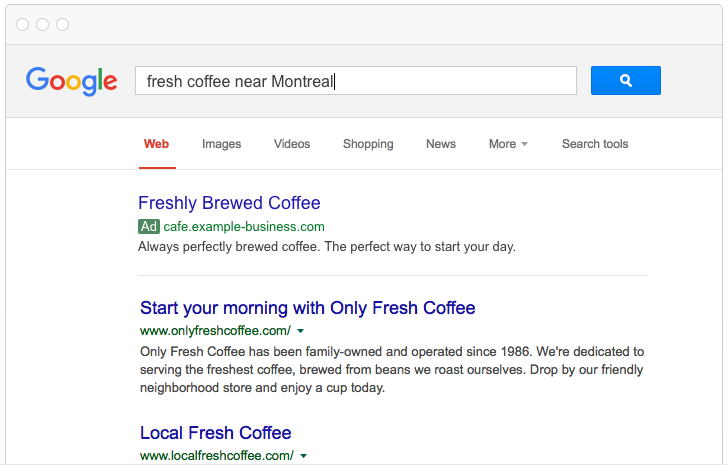
For ecommerce though (and so as not to overwhelm you) let’s just talk about how to get your ad to show up when someone types in a search term relevant to you…
Essentially, when you start to create your Google search ads, you type in 10 or so search terms which you want your ad to appear for.
You set your target area and write your ad copy, and then, when someone types in “buy homemade wooden furniture online” your ad for handcarved teak tables shows up.
The cost structure of Google Ads is “PPC” (pay-per-click). You pay whenever someone clicks on your ad. That means you only pay when someone is really interested in what you’re promoting.
How much you pay depends on a few primary factors:
- How competitive your search terms are (how many other advertisers also want to show up for those terms)
- The search volume
- The value of your promoted product. For instance, a click on an ad for a realtor is going to be more expensive than someone selling gum.
- Your “[https://support.google.com/adwords/answer/6167118)” – an amalgamated “score” based on expected clickthrough rate (how well your ad matches what someone’s searched) and your landing page’s relevancy
Google Ad Best Practices for Ecommerce
- Be sure your ad’s landing page is created specifically for your ad campaign (not necessarily each search term, but the single campaign, for sure). This will increase conversions and improve your quality score (thereby lowering costs).
- Give searchers a reason to click your ad over an organic result (see example below) by featuring a discount or promotion.
- Use Google ad extensions to link people to specific pages of your website (if you’re running more general ad campaigns) like “shop men // shop women // shop kids” and also to show pricing.
How to Drive Traffic to Your Online Store: Contests
The easiest way to drive traffic is to give them a reason to get on the road.
You can do that by running sales, promotions, giving limited-time discounts and more (and I recommend you do all that).
But the big one? The big one is giving something away for free, and getting people excited to win it.
Introduction to Ecommerce Contests
A great contest increases awareness, gets word about your business spread organically and taps into the power of social media contests, without making you spend hours of your life writing the perfect Tweet, only to have it reach 4 people.
Note: Social media can work for ecommerce businesses. It can. But contests are a better way to effectively drive traffic than trying to do it organically. Use social media as a place to grow your brand community and engage with existing customers, rather than relying on it to be a major drive of traffic or sales. Except, of course, for social media contests.
Contests give your social media Fans value (a justification for the Follow). They give your existing customers and email subscribers value. But more than that, they give new, prospective customers a reason to engage with your brand. Contests incentivize engagement.
And then, when you use a bonus entry or referral strategy (which rewards entrants for sharing your campaign by delivering additional chances to win) creates more awareness, which creates more awareness in turn. And the fantastic spiral just keeps going up.
Here’s an example of a photo contest:
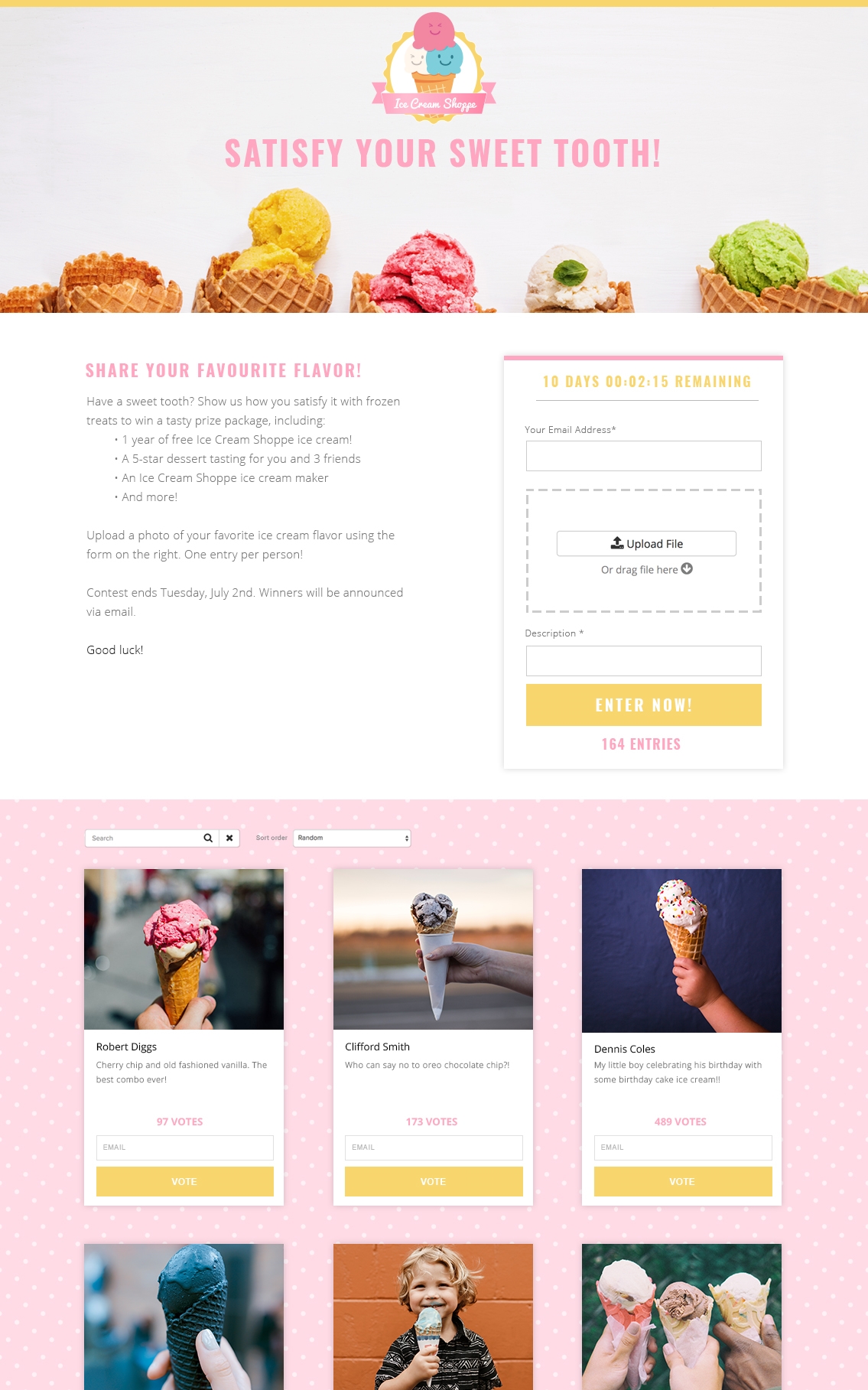
And here’s an example of a bonus entry contest:
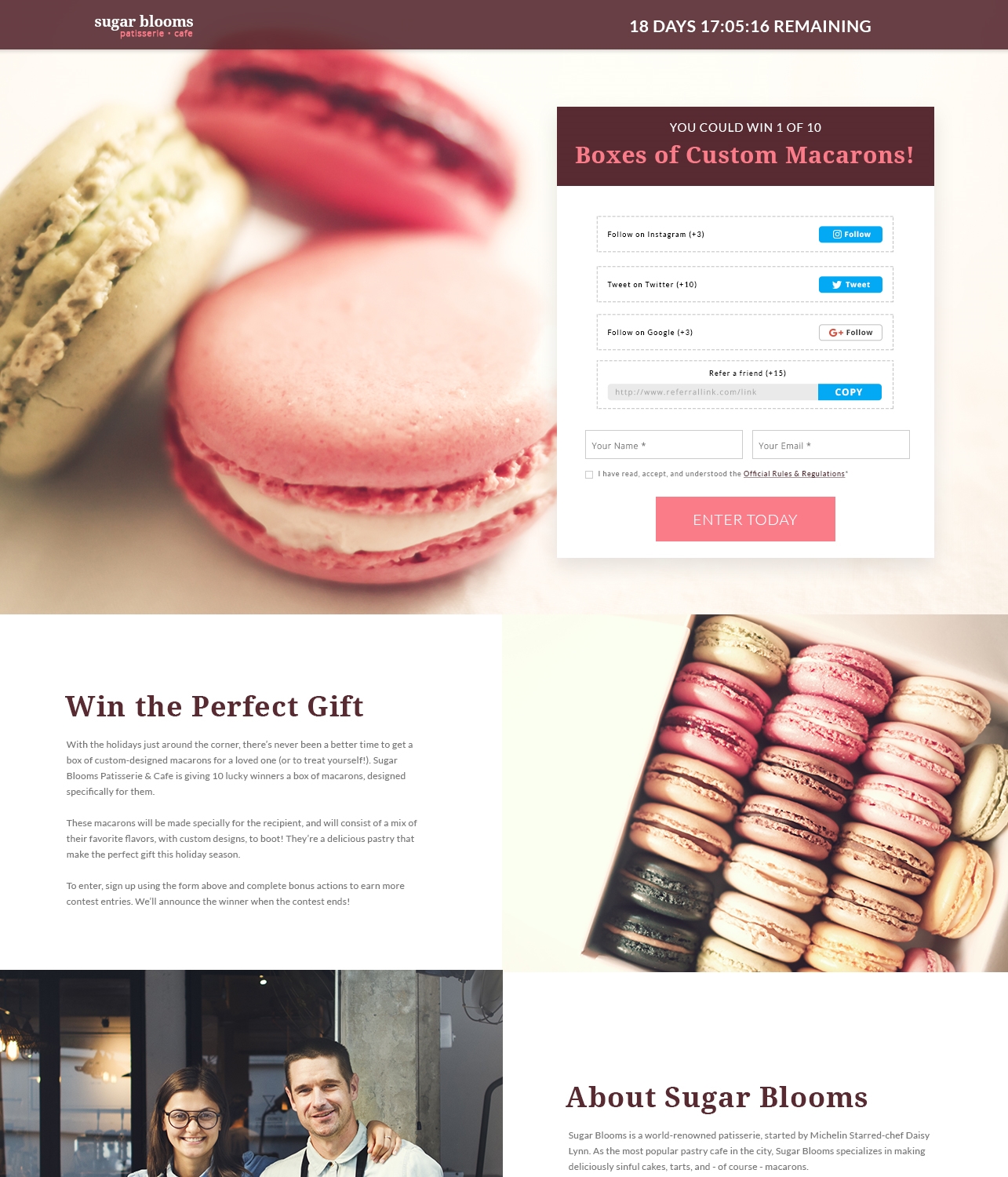
Ecommerce Contest & Promotion Best Practices
- Use a bonus entry contest. Generate initial traffic to your contest page with a mailout to your existing customers and fans, then incentivize them to share with their friends by giving bonus entries when they do.
- Focus your contest on great imagery and a high-value prize. The focus is to get people’s attention. Feature the value of your prize (and how aesthetically appealing it is) to grab the eye.
- Re-use your contest prize on posts and email. There’s no need to create multiple images for your contest. Create one hero/header image and re-use it for your Facebook posts and email. This also increases consistency as people move from one place to another.
Final Thoughts
No matter what you’re selling online, you need to traffic to do it.
I’m not going to say, 100%, that other strategies (social media, blogging, etc) won’t be able to generate meaningful traffic and sales to your online store.
What I will say, however, is that the three strategies in this article will do it more reliably. They’ll do it in a way that you can see what’s working, and what’s not.
And if you have any questions, reach out in the comment section and I’d be happy to help you out.
Digital & Social Articles on Business 2 Community
(91)
Report Post